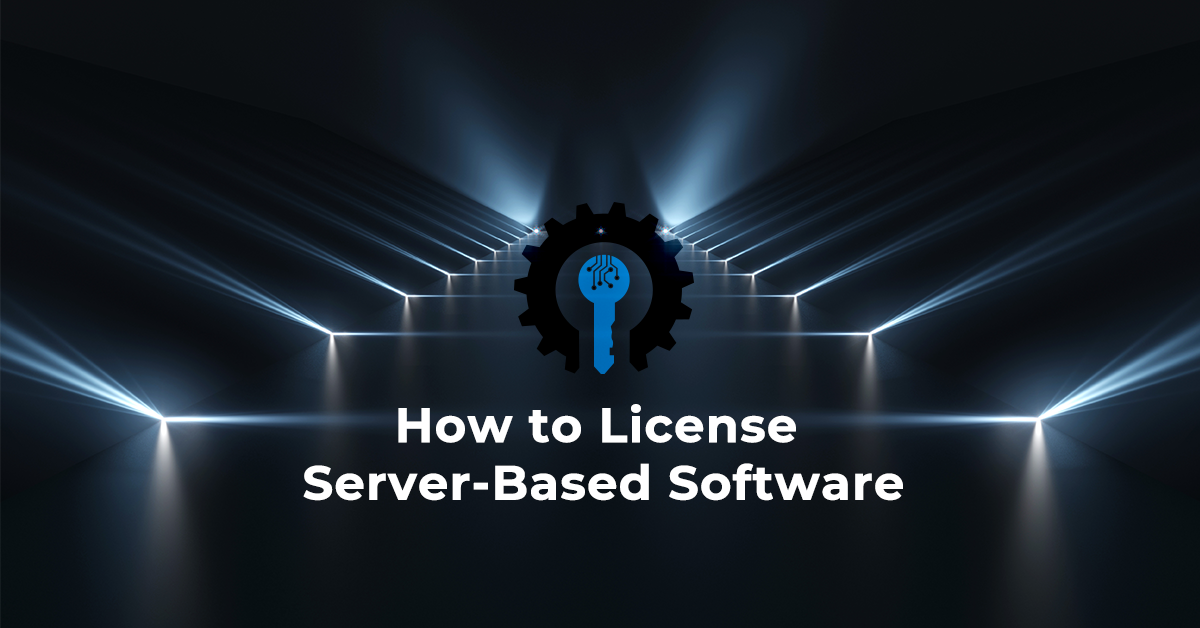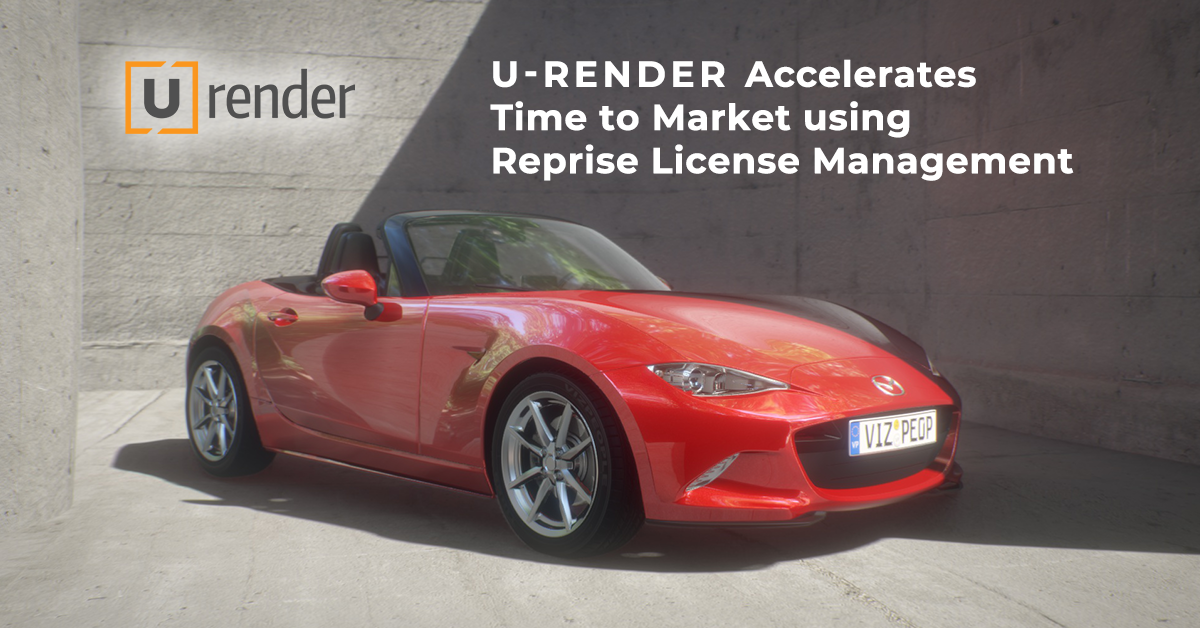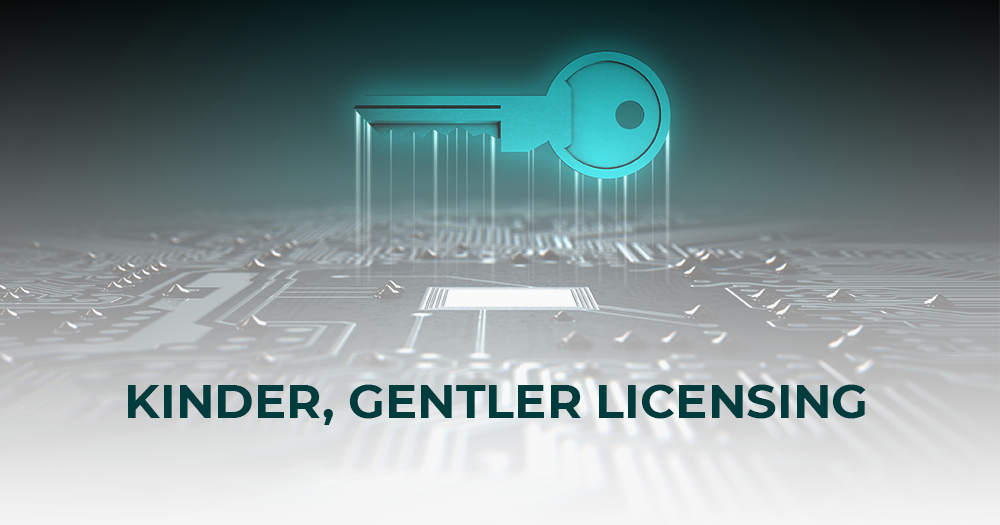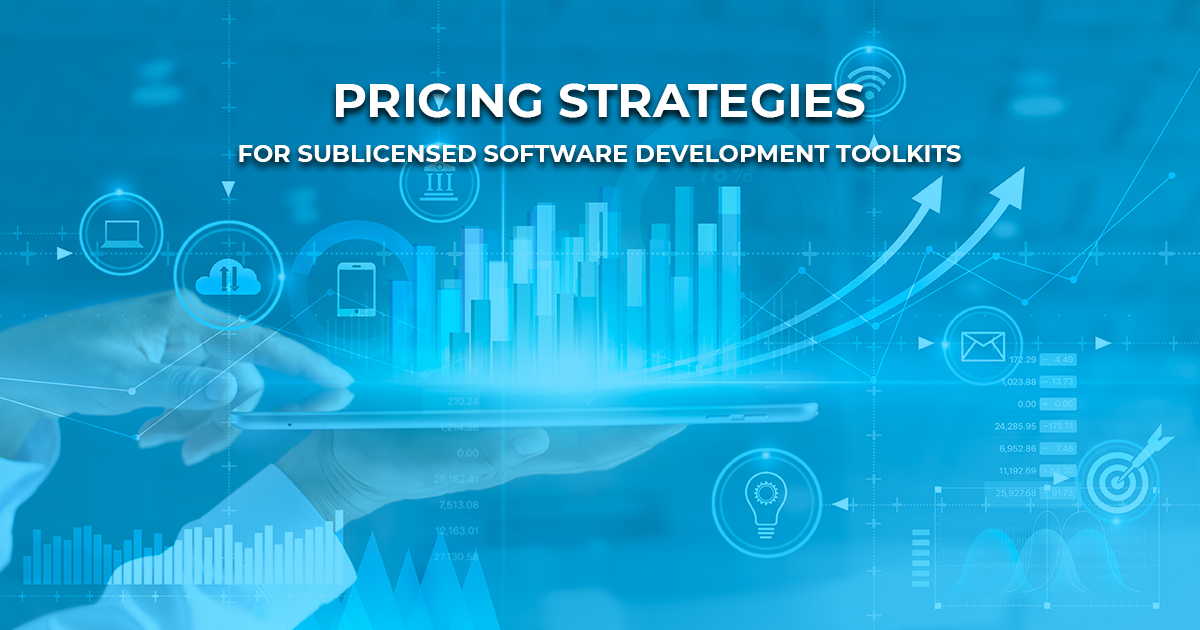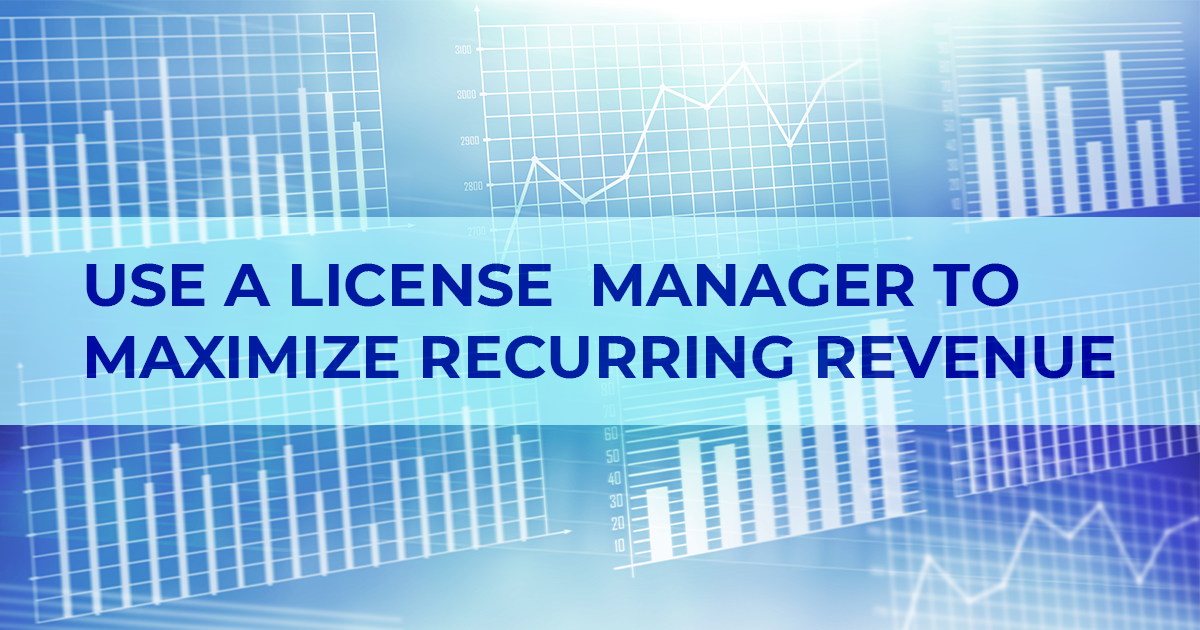On rare occasions, an activation request will get a read timeout status return (-105). There are several causes to the RLM_EH_NET_RERR (-105) error.
If you can activate from some systems, then the first cause (server down) is unlikely.
More likely is that there is either a proxy/firewall/anti-virus package blocking the response or the system fails a reverse DNS lookup and is timing out.
The easiest way to test for this is to set the activation timeout to 60 seconds. Do this by setting the environment variable RLM_ACT_TIMEOUT to 60, and re-running your activation utility. If this fixes the problem, then you can either leave the timeout set to 60 or have your customer add a PTR record for their host as described in this article:
https://en.wikipedia.org/wiki/Reverse_DNS_lookup
For help setting an environment variable, see this blog post.
If increasing the timeout doesn’t help, then disabling the proxy/firewall/anti-virus would be the next thing to try. It is beyond the scope here to attempt to address all possible proxy servers, firewalls, and anti-virus software.



